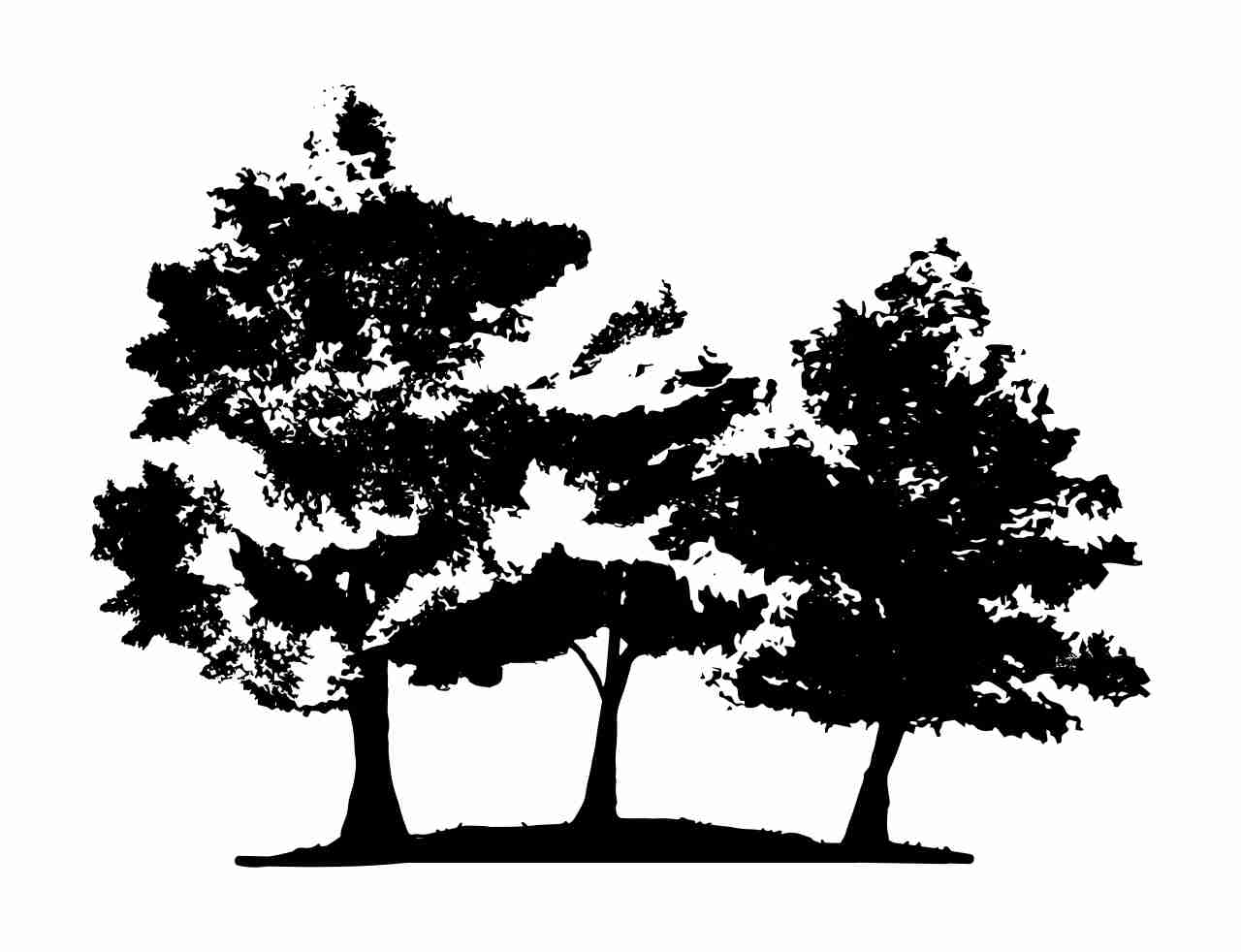The History

Original Inhabitants
Arthur’s Point Farm is located in the town of Ghent in New York’s Hudson Valley, on land originally inhabited by the Stockbridge-Munsee Band of the Mohican Nation. The Mohican people lived along what is now called the Hudson River, between the Catskill and Taconic Mountains from just north of Manhattan to Lake Champlain. Their name derives from the original name of the river, Mahicannituck, meaning “waters that are never still” or “the river that flows two ways,” an apt name for a river that literally flows up and downstream with the tides for over 100 miles from New York Harbor.
The Mohicans recount their rich history interconnected with abundant wildlife and healthy ecosystems:
“The Mohicans’ lives were rooted in the woodlands in which they lived. These were covered with red spruce, elm, pine, oak, birch and maple trees. Black bear, deer, moose, beaver, otter, bobcat, mink and other animals thrived in the woods, as well as wild turkeys and pheasants. The sparkling rivers teemed with herring, shad, trout and other fish. Oyster beds were found beneath the river’s overhanging banks for some distance up the Mahicannituck. Berries, cherries and nuts were abundant. It was a rich life.”
From the 1780’s until 1829 the Mohican people were forcibly removed from this land to a reservation in northern Wisconsin. Since that time, the land has undergone radical changes at the hands of generations of settlers and their descendants. Although a fragment of what was, many of the wilder and more rural parts are still inhabited by abundant wildlife, healthy waters, rich soils, and towering trees. We seek to honor the land’s history by working to restore the land’s native flora and fauna, and by stewarding its fields and forests toward a more ecologically rich and productive state. We also seek to acknowledge the Mohican people by contributing to the historic preservation work of the Stockbridge-Munsee Community, and by encouraging others to do the same (donate here).
Colonial Farmers
From the late 18th century through the early 20th century, the land was farmed by two families, the Jacobies and the Snyders. The Jacobie farm grew oats, barley, and rye grains, managed apple orchards, and grazed sheep and other livestock. Their surplus production, if any, was sent down to New York City on the Harlem Line of the New York Central Railroad, one of Cornelius Vanderbilt’s first forays into rail. The rail bed is now slowly being converted into a public access rail trail by the Harlem Valley Rail Trail Association. In 1878, Charlie Jacobie was also the proprietor of the Vanderbilt House, the railroad hotel in the neighboring town of Philmont.


Hannah and John Snyder farmed the land directly to the southeast of the Jacobie farm. John was a Revolutionary War veteran who died in 1833 at the age of 77. They are buried on the farm along with two small unmarked headstones. For most of the 20th century, the land was used for pasture, hay, and small grains.
By the time we arrived in 2014, the soil was highly depleted and many of the forest edges were overrun by invasive species like wild rose, barberry, and honeysuckle. We started clearing invasives and planting trees in large numbers throughout the farm in 2019 and officially launched Arthur’s Point Farm a year later.

